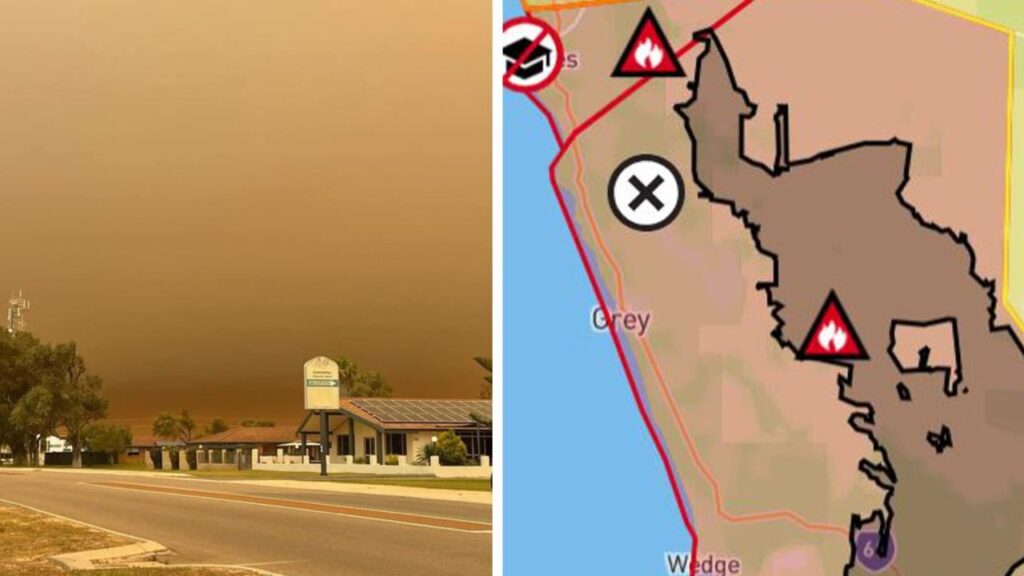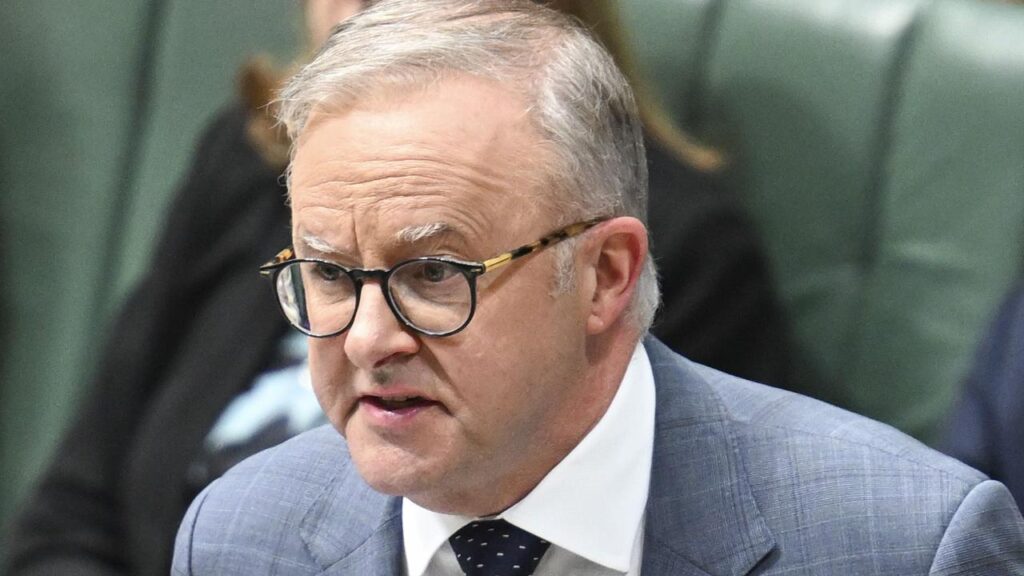Interest rates, inflation: Plea for November RBA rate cut to save businesses from collapse
Written by admin on October 6, 2024
Retail associations are begging the Reserve Bank to cut the cash rate at its next meeting, as the sector enters its busiest period with Black Friday and Christmas sales.
The plea follows a surprising jump in sales for August, which the sector fears may spook the RBA into keeping the official cash rate on hold at 4.35 per cent even longer.
Ahead of the golden quarter of retail, which spans between October to December and takes in some of the biggest sale events like Black Friday, Cyber Monday, and pre-Christmas campaigns, Australia’s retail peak bodies the Australian Retailers Association (ARA) and the National Retail Association (NRA) have called on the RBA to cut rates when the board meets on November 4 and 5.
ARA boss Paul Sahra said the quarter was instrumental for businesses, with many discretionary retailers and small businesses drawing an “invaluable” two-thirds of their annual profit in the make-or-break three months.
“Retailers, particularly small businesses, are facing some of the toughest economic challenges in recent history, and we remain hopeful of an interest rate reduction when the RBA meets in November,” he said.
Mr Sahra said Roy Morgan research indicated the six-week lead up to Christmas was forecast to draw in $69.7bn in sales, which would mark a 2.7 per cent increase year-on-year, however said not all categories were forecast to perform well.
The cost-of-living crunch would also likely propel shoppers to take advantage of the Black Friday and Cyber Monday sales, with a forecast $6.7bn expected to be spent in the Friday to Monday period.
“We typically see less spending during the colder months, which is why many retailers are shaking off the shackles of winter, embracing Spring and gearing up for a hopeful festive season – with Christmas merchandise already instore,” he said.
“This remains one of retail’s most difficult years – with a continued slowdown in discretionary spend, high business costs along with ongoing challenges such as retail crime, supply chain disruptions, and the most significant workplace relations reforms in decades.”
NRA interim chief executive Lindsay Carroll said business owners needed “every win” in the lead up to Christmas.
“We are asking our policymakers to give retailers some breathing room to recover during this year’s holiday sale season,” she said.
Betashares’ chief economist David Bassanese said the retail trade figures are an “early hint” Australians are spending the extra income from the government’s revamped stage three tax cuts, which could prove inflationary.
However he warned the monthly figures were “volatile” and followed a very soft July in which growth was at a standstill.
“The board will be carefully watching how much of the tax cut is saved versus spent. The RBA has made an assumption that some of it will be spent, but a good deal of it will be saved and this is what we’re watching over the next few months,” he said.
“I don’t think strong consumer spending is going to mean they’ll raise rates if inflation is still coming down, but it probably means the board won’t be in a hurry to cut rates.
“It’s still early days but it does lean in the direction that the tax cuts will boost consumer spending”.
Mr Bassanese believed the RBA would wait until February to cut rates, following the release of the December quarter CPI figures, which follows predictions made by three of the big four banks.
This is despite the central bank facing pressure from overseas markets, with the US Federal Reserve most recently announcing a rate cut of 50 basis points.
He said retailers were in “a bind”.
“On one hand they would like consumers to be spending the tax cuts so they have a bumper retail season, but if spending is very strong, it argues against any relief on interest rates anytime soon,” he said.
August retail trade figures revealed month-on-month growth of 0.7 per cent, surpassing the 0.4 per cent figure tipped by economists. Leading increases in consumer spending were shopping at department stores (1.6 per cent), and apparel, accessories and footwear (1.5 per cent).
The Australian Bureau of Statistics’ head of business statistics, Robert Ewing, put this down to August recording the warmest temperatures on record since 1910, and therefore boosting sales of spring clothing, as well as an early Father’s Day on September 1, which pushed gifting to August.
“More people were out dining at cafes and restaurants enjoying the warm end to the winter months, which also boosted spending on alcohol consumed at home,” he said.
“While the Eastern mainland states led the rises, most states and territories benefited from the earlier-than-usual spring temperatures. Although, some unseasonal rainfall over parts of Western Australia dampened sales slightly.”
Read related topics:Reserve Bank






